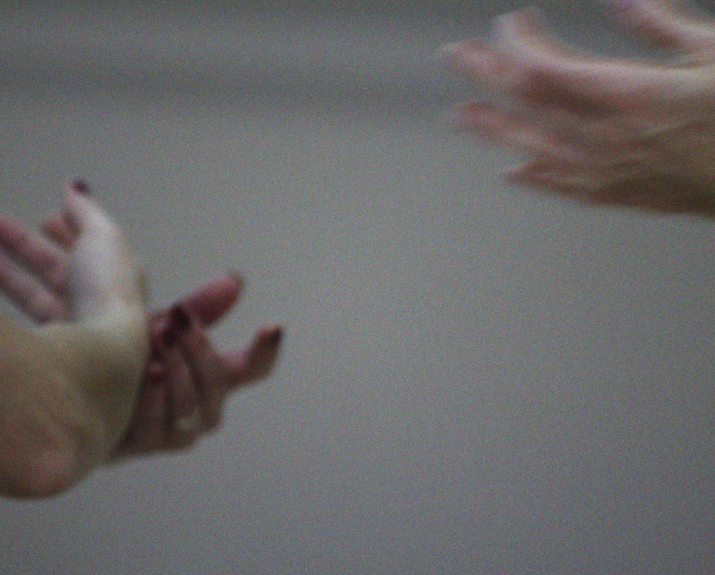
Premiere ANY WHICH WAY (ZAJC DANCE LAB)CNT Ivan pl. Zajc Ballet ensemble
Research ballet Any Which Way deals with the institutional position of ballet dancers in CNT I. pl. Zajc who have been performing on its stage for more than twenty years. Choreographer Vigur Gurdu, dramaturge Nina Gojić and new media artist Marko Gutić Mižimakov are working with the idea that the experienced dancing body represents an unofficial archive and parallel memory of the institution, both of which can be activated by looking into the existing documentary material and found state of the institution. The institution is observed as a whole, taking into consideration its architectural limitations, symbolic capital, social function and inner organization based on repetition of patterns of behavior, principles of production and formal organization of labour. Such a comprehensive approach shapes conditions for a choreography which combines the ballet dancers’ knowledge with contemporary performing forms, in order to show how dancing experience can be rendered as a cultural value per se. We are trying to articulate all this in movement and through movement, always leaving space for experiment, play, chance…
Any which way, there will be dance. Mature dance.
Running time:
The performance lasts 1 hour.
The literary significance of Shakespeare’s dramatic paradigm, as well as its musical development throughout history, were an impetus for divided, yet definitely freedom-loving inspirations. First, it was the instruments that were carefully chosen, with the decision made in favour of the chamber orchestra (violins, cello, bass guitar, wooden and metal percussion instrument, as well as electronics), while the structure of musical pictures and the final form of the whole, which can be described in the form of an inversion arch, were created in parallel with the dramaturgy of the ballet. Pictures, namely, numbers (nine of them), were made before the choreography, after the principle of performing improvisations on given topics, rhythm and sound motifs.
The music for the ballet Macbeth uses the so-called “early music” as a primary basis, as well as its applications in the last fifty years, however, even more so the mysteriously frightening atmosphere of the very paradigm but also that something which is elusive and called “the dark Middle Ages”. As Maša Kolar’s ballet is not clad with the historical framework of the place and time of action, the “early music”, originally connected with Macbeth’s habitus, that is, the Middle Ages, here is stretched into the infinite, the unexplored, archetypal past, rather than the forward direction, into futurism, namely, the predictability of today’s electronic music that is based on volume. Thus, specific parts sound like the “rock music of the Stone Age”, while, for example, the approach to ancient Greece Doric scale was more contemporary.
The work on the ballet music progressed in a pro-active cooperation with the violinist Tena Novak Vincek, who is also the author of three numbers and co-author of another three ones. The incentive for one of the numbers was Shostakovich’s Eighth String Quartet. The percussionists Danijel Drakulić and Stjepan Jureković, as well as the cellist Petra Kušan, greatly contributed to the performance.
As the inspiration during the process of creating music, especially the colouring of collective psychology of the Middle Ages, what could not be left out was the electroacoustic opus of Igor Kuljerić, more precisely, its part which dealt with the music for the dance of choreographer Lela Gluhak-Buneta, but, for the most part, the theatre staging of Shakespeare’s Richard III from the year 1978.
Višeslav Laboš
